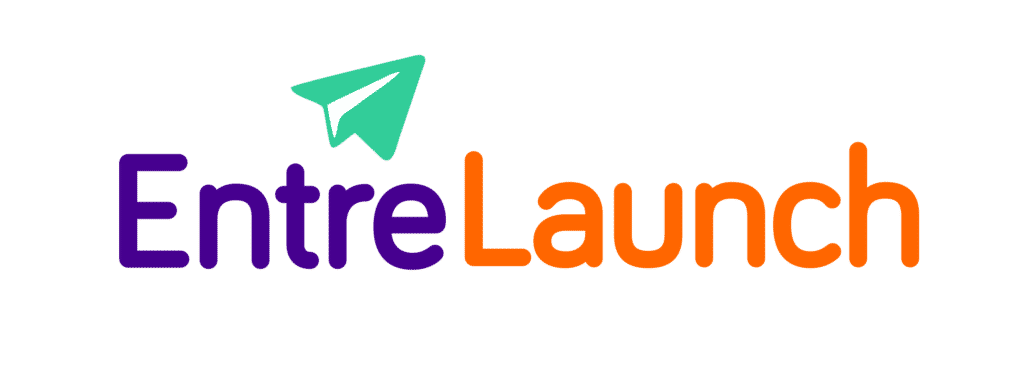Using the Lean Model Canvas | Accelerator
When launching a business, you may think you need a 50 page business plan. While that may be a requirement for many banks and traditional lenders, it is usually not the best place to start. Instead, start validating your idea using the lean model canvas.
The Lean Canvas was been adapted by Ash Maurya from the more well known Business Model Canvas designed by Alexander Osterwalder. I prefer the Lean Canvas over the Business Model Canvas as it solves one issue that many new entrepreneurs fail to address: the Problem.
Too many businesses create a product or service without addressing an actual problem. This often results in a product or service that does not reflect the needs of the consumer. By starting with a problem, you are able to create solutions to fill a need instead of creating something that needs to find a problem to solve.
Like the Business Model Canvas https://strategyzer.com/canvas/business-model-canvas, the Lean Canvas is divided into sections. The Lean Canvas however is more ideal for the ideation stage and beyond having simplified the key components of your idea. Let’s look at the sections that make up the Lean Canvas.
The recommended process using the Lean Canvas starts with Problem followed by Customer Segment, Solution and Value Proposition. Using bullet points, add clear and concise wording to complete the canvas. We recommend using sticky notes for each point to allow you to easily change and move ideas as need be.
Problem
When launching a business, the best way to create a viable business idea is to create your solution by solving a problem or pain point your target customers face. Not only does solving a problem give you an opportunity to create impact and solve an issue for your customers, it also helps to craft your story of why your product or service exists. Products and services are worthless if they do not serve a need.
Think about the issues you see in your target area (your local community or specific target market). What are the top 3 problems you believe customers face? These may be problems that you, family members or friends also find troublesome. We will discuss how to validate these issues later in the course.
Customer Segments
Who is your target customer? In other words, who suffers from the problem you are seeking to solve?
Solution
You have identified a problem but how will you solve it? The solution box is the place to list your top solutions to the problem. Think about how your customers currently solve the problem. How is your product or service going to help them?
Unique Value Proposition
What makes your solution special? Design? Functionality? Results? If you are simply making the same solution as your competitor, why would customers buy from you? The best products and services find a new solution, a better solution to how customer problems are currently solved. It is not enough to make a new gadget or gizmo if there is no measurable benefit that will entice users to adopt your product or idea.
These sections are the basis for building your idea. Now that they are completed, you can move on to the remaining sections.
Channels
The Channels section reflects how you will distribute your product or service and how you will reach your customer market. This includes marketing, social media and word of mouth.
Revenue
How will your product or service generate revenue? Without revenue, your business will not survive. This includes social impact businesses. Creating sustainable revenue streams will allow you to cover the costs related to your business. If you are a not for profit or social business, sustainable revenue streams allow you to achieve goals without being dependent on government grants and donations.
You will want to develop one main revenue stream however it is highly suggested to have at least one additional stream of income to support your main revenue.
Cost Structure
What are the costs to operate your business? In this section you will calculate operational expenses (rent, salaries, insurance, equipment), employee costs, marketing, outsourced work (research papers, legal, accounting, research and more), your business burn rate (how much total expenses will cost you each month). Think of all the related costs to operating your business and producing your product or service. You will need to ensure your revenue model will allow you to break even and preferably generate a profit.
Key Metrics
How will you measure the success of your product or service? Basic key metrics can include
# of products sold
# of customers
- Sales Revenue
- Net Profit Margin
- Gross Margin
- MRR (Monthly Recurring Revenue)
Unfair Advantage
The last segment to be completed is often the most difficult. What is your Unfair Advantage over your competition or future potential competition. This is more than your unique value proposition – this is why your product or service will not be easily copied or replaced.
Completing your first draft of the Lean Canvas should take 20 minutes to an hour. The Lean Canvas is a fluid document meant to be changed as your idea develops.

